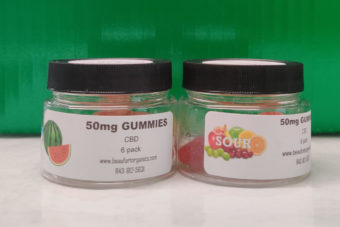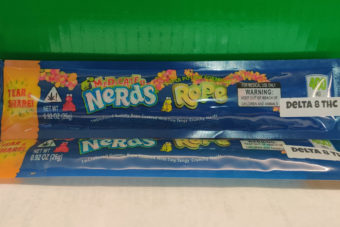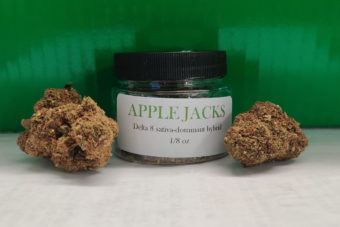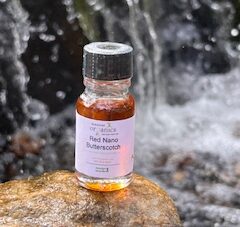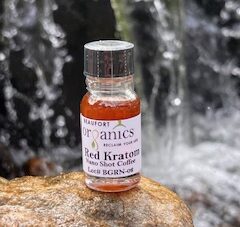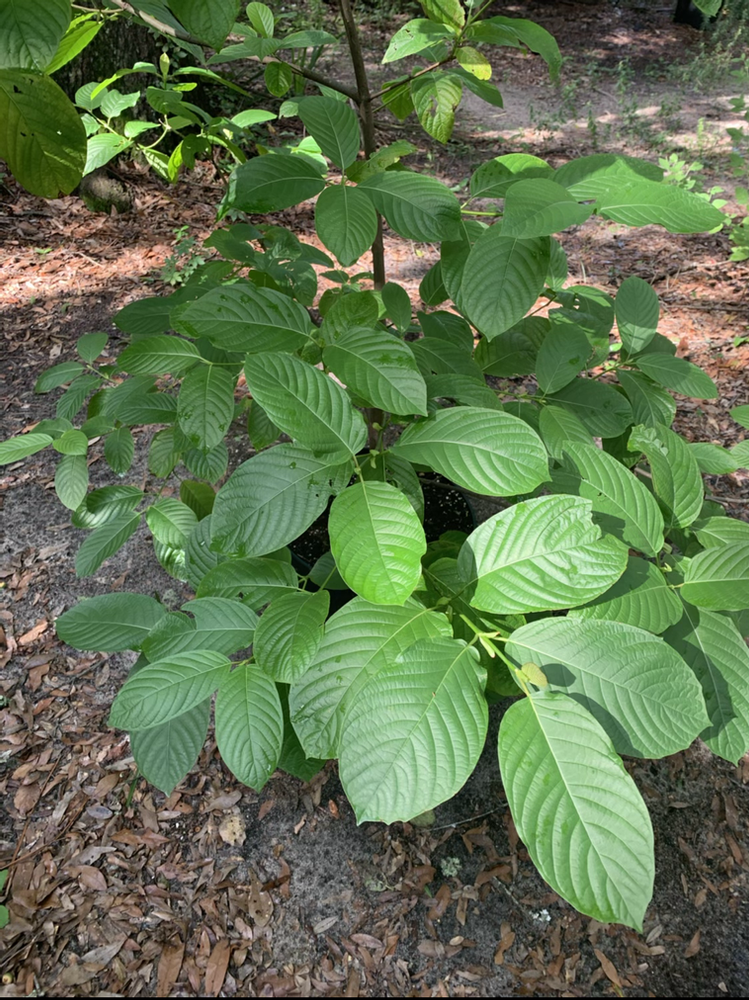
KRATOM TREES CAN GROW TO BE 100 FEET TALL IN THE WILD.
WHAT IS KRATOM?
Kratom is a tropical evergreen tree in the coffee family that is native to southeast Asia, where it’s considered a traditional botanical and has been used medicinally for hundreds – if not thousands – of years.
Farmers and those who work in the fields chew on the tree leaves as a source of energy to get them through the long hot days in the sun. Kratom is also said to increase endurance, making it a great choice for manual laborers.
HOW KRATOM IS USED
The leaves are either boiled in water and made into a tea or chewed fresh where it grows naturally.
In the US, consumers get Kratom either in powder form or in capsules, depending on personal preference. The powder is cheaper than capsules, so I personally opt for that route of administration, but others don’t like the taste and so prefer caps. It’s all up to you, the consumer.
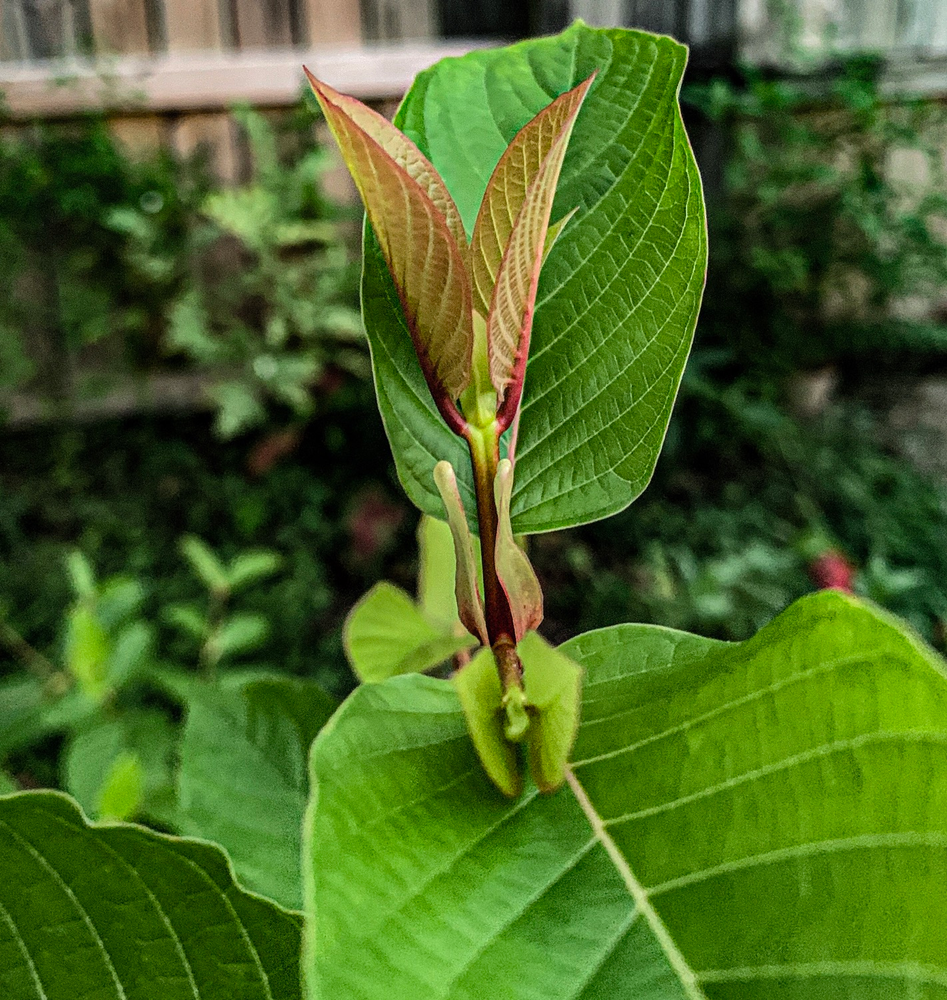
KRATOM RESEARCH AND ALKALOIDS
Dale Jarue, one of the founding members of the United Kratom Association, explains how it works in his scholarly paper called Kratom: A Collective Analysis:
“Mitragynine and 7-Hydroxymitragynine are the major active alkaloids found in the Kratom plant and have been found to be the plant’s primary source of pain relief.”
Mitragynine and 7-Hydroxymitragynine are both classified as indole alkaloids, which are structurally related to yohimbine.
These two alkaloids possess “anti-inflammatory and analgesic activity in experimental animals and appear to exert their effects as partial agonists for the mu-opiate receptor (and possibly kappa receptors); they also bind as partial agonists or antagonists to the delta-opiate receptors. They likely affect other neurotransmitters as well, especially adrenergic systems.
The raw plant contains higher concentrations of mitragynine than 7-OH-MG; however, 7-OH-MG has a higher affinity for the opiate receptors and is believed to have better bioavailability and central nervous system penetrability than mitragynine,” according to a March 2017 report by US Pharmacist magazine.
KRATOM BOTANY
Kratom belongs to the plant family referred to as Rubiaceae, the same family that coffee belongs to. You may be familiar with trees such as the Gardenia, and will notice that the leaves on both the coffee plant and the gardenia are quite similar to kratom leaves.
The Latin name Mitragyna speciosa stems from its resemblance to a bishop’s ceremonial hat, called a miter.
“The leaves from kratom trees contain at least 37 different alkaloids, a class of nitrogen-atom-containing compounds, but they have two primary active components: mitragynine and 7-hydroxymitragynine, or 7-OHMG, an oxidized analog of mitragynine,” says Jarue.
A HISTORY OF THE OPIATE RECEPTOR
“The term opiate traditionally has been used to describe drugs derived from opium extracts of poppy plants; “opioid” refers to compounds, such as hydrocodone, that bind to the same receptors in the human brain and body that opiates do. The mitragynine compounds work, in part, by binding to these receptors, which come in three major subtypes.
The first one is mu — we use the Greek letter mu to signify morphine. Morphine was particularly good at this receptor subtype, and to this day the mu receptor is a predominant one,” says Solomon Snyder, who worked alongside Candace Pert, the woman responsible for discovering the opiate receptor in 1973.
Candace Pert also wrote an interesting book called The Molecules of Emotion about her experiences, which I highly recommend. It was one of the first books I read about the opiate receptor and how it regulates our emotions along with other neurotransmitters, such as serotonin and dopamine.
THE TRUTH ABOUT KRATOM IN THE NEWS
Drugs such as morphine, heroin and Fentanyl are widely known to cause respiratory depression which can lead to death, particularly when combined with another sedative drug, such as alcohol or benzodiazapines.
But just because Kratom has partial binding affinity for the same receptors as opiates, that doesn’t make it a lethal substance as the FDA has claimed. The reason for this is due to the fact that Kratom, unlike opioids, does not recruit beta arrestin.
And while the FDA claims that kratom can kill, the truth is, no one has ever died from kratom use alone.
According to a white paper by biologist and patent lawyer Jane Babin, the death reports can all be debunked.
DR JANE BABIN’S WHITE PAPER
“The FDA has relied on a strategy of manipulating, obscuring, and ignoring science in its inexplicable zeal to impede public access to the natural botanical kratom.
The key evidence the FDA has offered on the dangers of kratom as the basis for placing it in Schedule I are case reports on 44 deaths over a nine-year period world-wide associated with the use of kratom.
However, the FDA did not independently verify or perform any due diligence on the death reports, and worse, FDA’s own documents indicate that every reported case involved other factors.
Material omissions of data from source documents, e.g., the country of origin of some reports, that impede a fair review of relevant information in the death. Omissions of references to peer-reviewed published source data authored by scientists and analysts that were reported to the FDA and contradicts the FDA claim that kratom is directly associated with the reported deaths.
The FDA misled the DEA, the Centers for Disease Control (CDC), and the National Institute on Drug Abuse (NIDA) with incomplete, inaccurate, extrapolated, and distorted information on adverse events and deaths allegedly associated with the use of kratom to encourage unwarranted legislative and regulatory restrictions on kratom at the federal, state, and local government levels,” wrote Babin.
THE 2016 ATTEMPT TO BAN KRATOM BY DEA
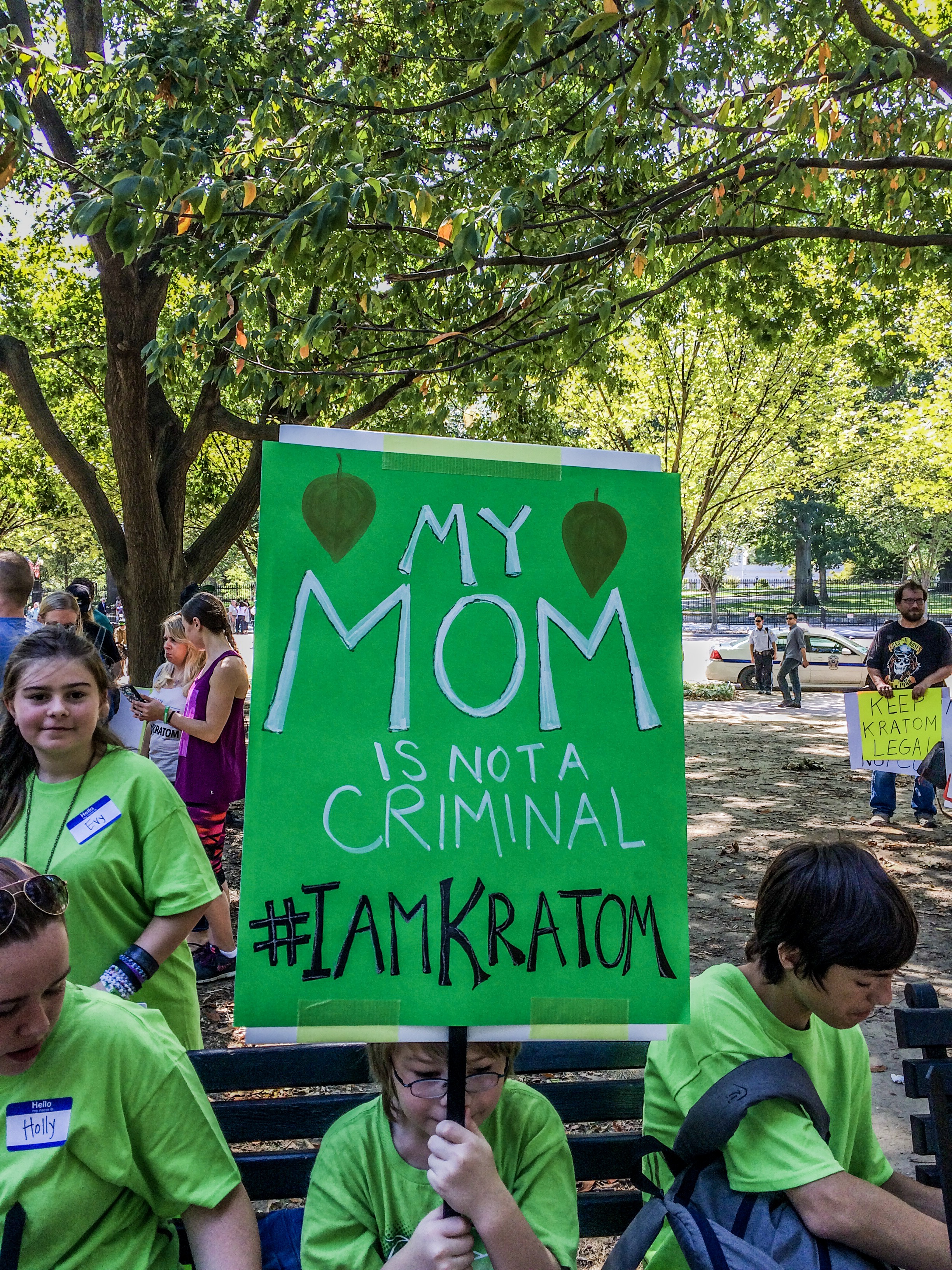
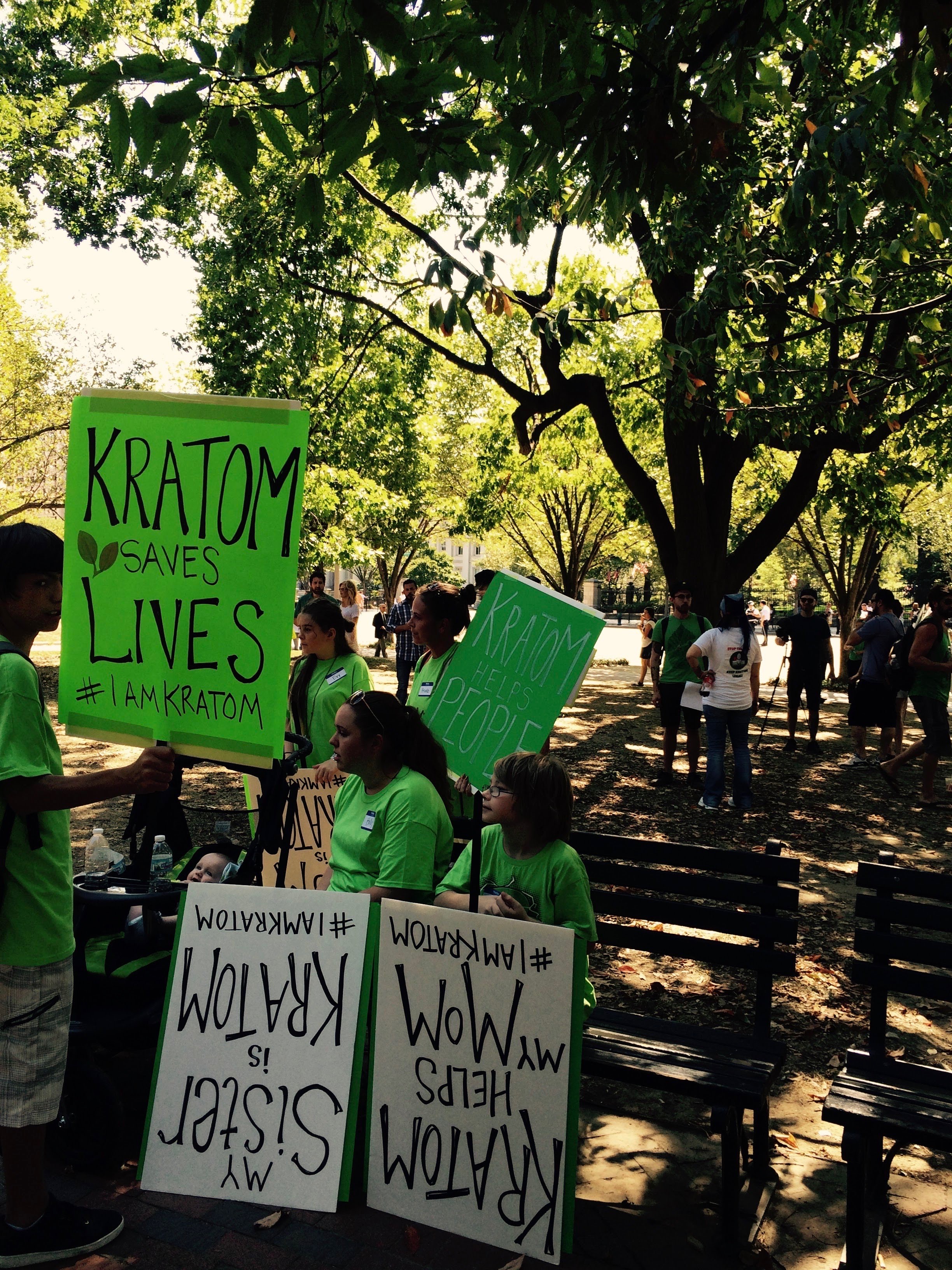
In 2016 the American Kratom Association together with Kratom United organized a march on the White House in Washington DC to protest the DEA’s attempt to ban kratom. Hundreds of people in the Kratom community showed up to that march, myself included.
While we had little hope of overcoming, there’s a first time for everything. For the first time in history, the DEA withdrew its intent to schedule Kratom due to public outcry.
“A petition to the White House quickly gained over 140,000 signatures. And in September, 51 senators wrote a letter to the DEA arguing that banning the drug would exacerbate the nationwide opioid epidemic,” wrote Rachael Becker for the Verge.
Since that time, many more people have come to find Kratom and every day more and more people learn about the amazing benefits of this plant.






